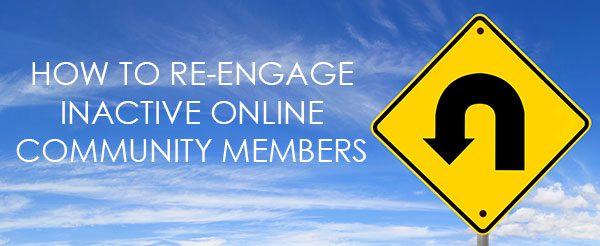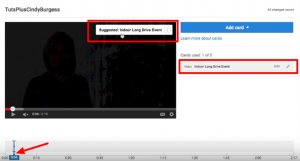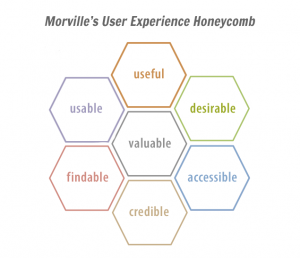
Inactive community members will inevitably make up a large percentage of your total audience size. Don’t worry, this is perfectly normal in most online communities, especially as your community ages.
Your efforts to engage your audience and grow your online community are best spent focused on the members who are actively present or just walking through the door – not walking out of it. However, if you start to notice unprecedented rates of decline, it could be time to take action.
When Should You Focus on Re-Engaging Inactive Online Community Members?
There are a few metrics that will tell you whether you need to set aside the time for re-engagement efforts.
- Deleted Accounts. If you track deleted accounts, you should have some idea of what (monthly or annually) the average turnover rate is amongst your audience. If this number starts to increase, start taking action.
- Membership & Logins. If you track membership growth rates or login rates on a monthly basis (which you should be), a decline in the average percent of change each month is a good warning sign to make a change.
- Active Members. Most importantly, if you notice the total number of active members on a monthly basis has started a downward spiral, this is a problem you need to solve – now.
How to Re-engage Inactive Community Members
Here are a three key strategies to re-engage online community members walking towards the door.
Strategy #1) Collect Feedback Via Direct Outreach
The best thing you can do to reconnect a member with the community is to make them feel like they matter. You can’t do this via email blast. It’s time to roll up your sleeves, set some time aside and get personal. This means scheduling a time to pick up the phone and having an honest heart-to-heart.
Your main goal here is to make your community member feel comfortable sharing their opinions as to why it didn’t work out and what could change about the online community to make their experience more fulfilling.
Be realistic about what is doable and what isn’t. Even if you can’t resolve everyone’s turn-offs, being transparent, honest and open will leave a positive last impression.
Strategy #2) Contact Targeted Member Segments Based On an Expressed Interest
If your online community platform has good reporting functionality, you should be able to drill down into specific information on inactive members, then use that information to provide highly targeted re-engagement messaging.
For example, if you can query for the last post date of all subscribers of a topically-specific discussion forum, you can create a personal email to contact those who have not been active in the last X number of days. (Don’t worry too much about scaling this effort, a mail merge will do just fine.)
Messaging should be specific to the circumstances that compelled you to reach out. Here is an example:
“Hi Nancy,
I wanted to reach out personally to ask about your experience in the XYZ online community. I noticed that you were interested in the _______ forum, but haven’t had a chance to jump into a conversation since XX/XX. Is there anything I can do to help out? Don’t hesitate to let me know if you are looking for a specific topic or opportunity to engage around!
All the best,
Katie”
When and if you receive a response, be prompt to address their feedback and/or challenges. This could be the last time you have their attention.
Strategy #3) Create a New Value Proposition
Giving community members a brand new reason to re-engage is much easier said than done.
Realistically, if your organization is invested in the success of the online customer or member community, a roadmap of user experience enhancements or experimental engagement strategies should already be something that is being actively pursued on an ongoing basis.
By giving members something new in the community that has been a top request, your organization is showing strong intent to make the community a solution to its target audience’s problems.
Communicating exciting new content offerings or ways to participate in the community – ways they requested – might just bring a few curious lost members back to visit. Where member-supported updates really help though, is by preventing those who are still around from also heading towards the exit.
Re-engaging online community members isn’t always going to be worth your time or effort. If you are spending a large amount of time chasing after community members that have already made their final sign off, perhaps that’s your problem.
Prioritize engaging the people who are active and present first; if the numbers start to point to an increase in turnover and inactivity, be smart, efficient and effective in your outreach. Use the time you have invested talking to lost community member to learn from past mistakes and prevent the cycle.
Happy community building!
Digital & Social Articles on Business 2 Community
(321)








